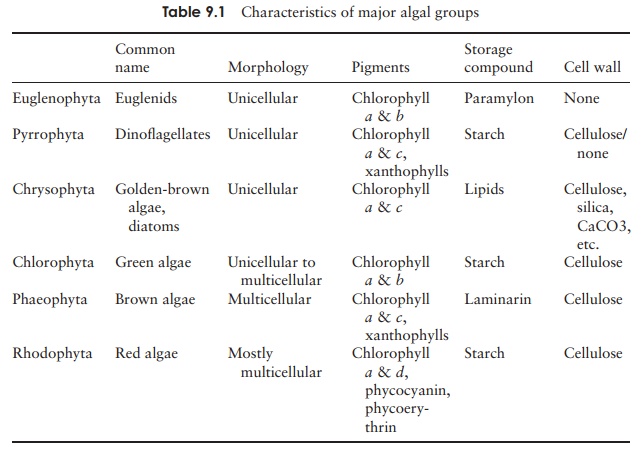Chapter: Essential Microbiology: Protista
Rhodophyta - Structural characteristics of algal protists
Rhodophyta
The red coloration of the rhodophytes is due to the
pigments phycoerythrin and phy-cocyanin,
which mask the chlorophylls present, in this case a andd. The biggest
single difference between the red algae and the other groups we have looked at
so far is that they lack flagella at any stage of their life cycle. Thus they
are completely lacking in any motile forms, even in the reproductive stages;
the gametes rely on being passively dispersed. Almost all the red algae are
multicellular marine species, inhabiting habitats ranging from shallow rock
pools to the ocean’s deeps.
Life cycles vary considerably, and may be quite
complex, with variations on the alter-nation of generations theme. Several
species of the more primitive red algae reproduce
Red algae are the source of several complex
polysaccharides of commercial value. Agar and agarose are used in the
laboratory in microbial growth media and electrophore-sis gels respectively,
whilst carrageenan is an important thickening agent in the food industry. In
addition, Porphyra species are
cultivated in Japan for use in sushi dishes.

Related Topics